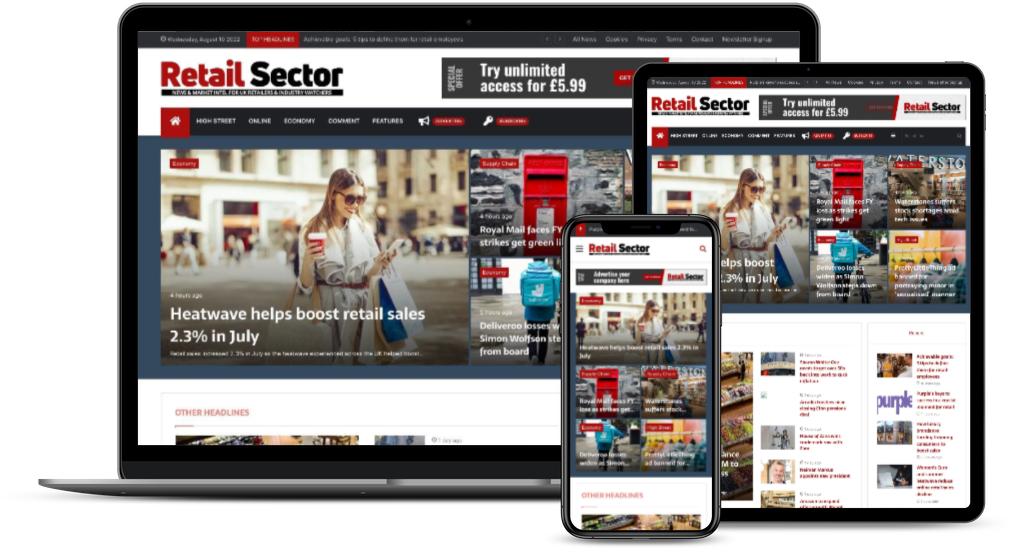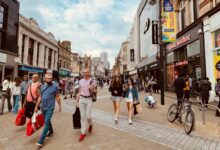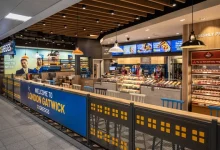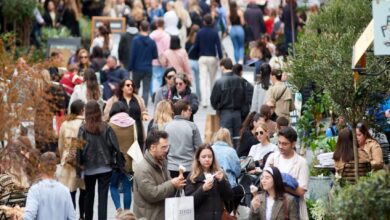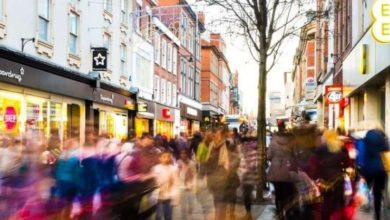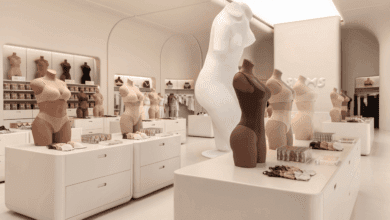Retail footfall plummets 80%
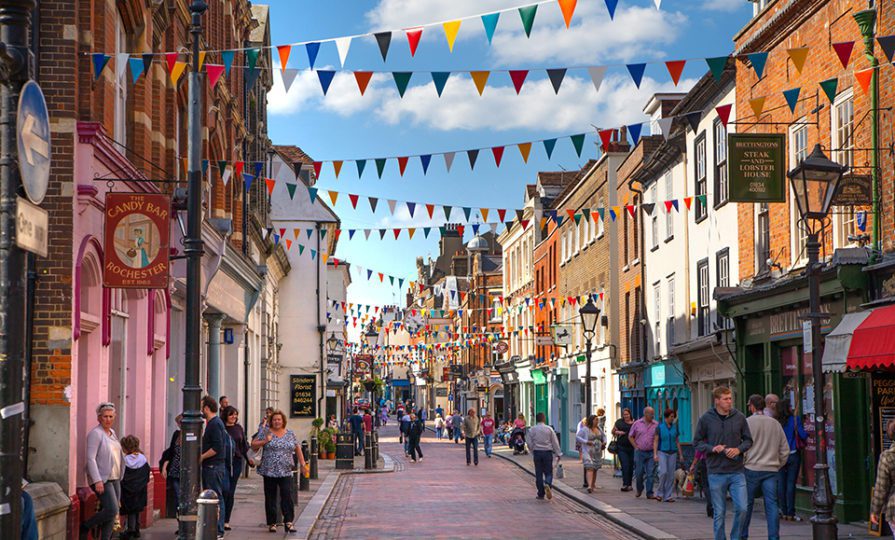
Footfall across the UK plummeted 80.1% during the month of April, in light of the nation obeying government-induced lockdown measures.
According to Springboard, this figure marks a decline of “unprecedented magnitude”, though retail parks fared better with a 68.1% drop in footfall due to the “presence of essential food stores”.
Nonetheless, in light of ongoing measures in the wake of coronavirus, footfall in high streets fell by 83.3% whilst shopping centres saw 84.8% less visitors.
Despite the lockdown restrictions, footfall slightly improved in the second half of the month, moving from an average decline of 81.4% in the first two weeks, to a decline of 77.4% in weeks three and four.
Footfall also shifted away from large towns and cities to smaller high streets throughout the month. Some 20 high streets with more “modest” declines in footfall were in small town centres, whilst the 20 high streets with the greatest drops in footfall, with an average decline of 89.7%, were all found in major city centres and large towns.
According to Springboard, the “path of recovery for retail may well be led by smaller high streets which can offer both safety and community benefits” in light of these findings.
It added: “For larger destinations, the emphasis on safety suggests that those environments that have the capability to control shopper numbers – such as retail parks and shopping centres – will be the next phase of recovery, followed by large towns and cities which inevitably face issues around pedestrian congestion.
“Given the prevailing concern for the safety of both customers and staff post lock down, it is clear that tracking the level of occupancy, and being seen to do so, will be key in ensuring retail destinations can deliver environments that returning shoppers will feel comfortable in visiting.”
Diane Wehrle, Springboard marketing and insights director, said: “This unprecedented drop in customer activity, which is of a magnitude never seen before, was universal across all three destination types – high streets, shopping centres and retail parks.
“In contrast to pre-Coronavirus days when small high streets were facing an increasing struggle to attract shoppers, the path of recovery for retail may well be led by smaller high streets which can offer both safety and community benefits.”
She added: “For larger destinations, the emphasis on safety suggests that those environments that have the capability to control shopper numbers – such as retail parks and shopping centres – will be the next phase of recovery, followed by large towns and cities which inevitably face issues around pedestrian congestion.
“Given the prevailing concern for the safety of both customers and staff post lock down, it is clear that tracking the level of occupancy, and being seen to do so, will be key in ensuring retail destinations can deliver environments that returning shoppers will feel comfortable in visiting.”

